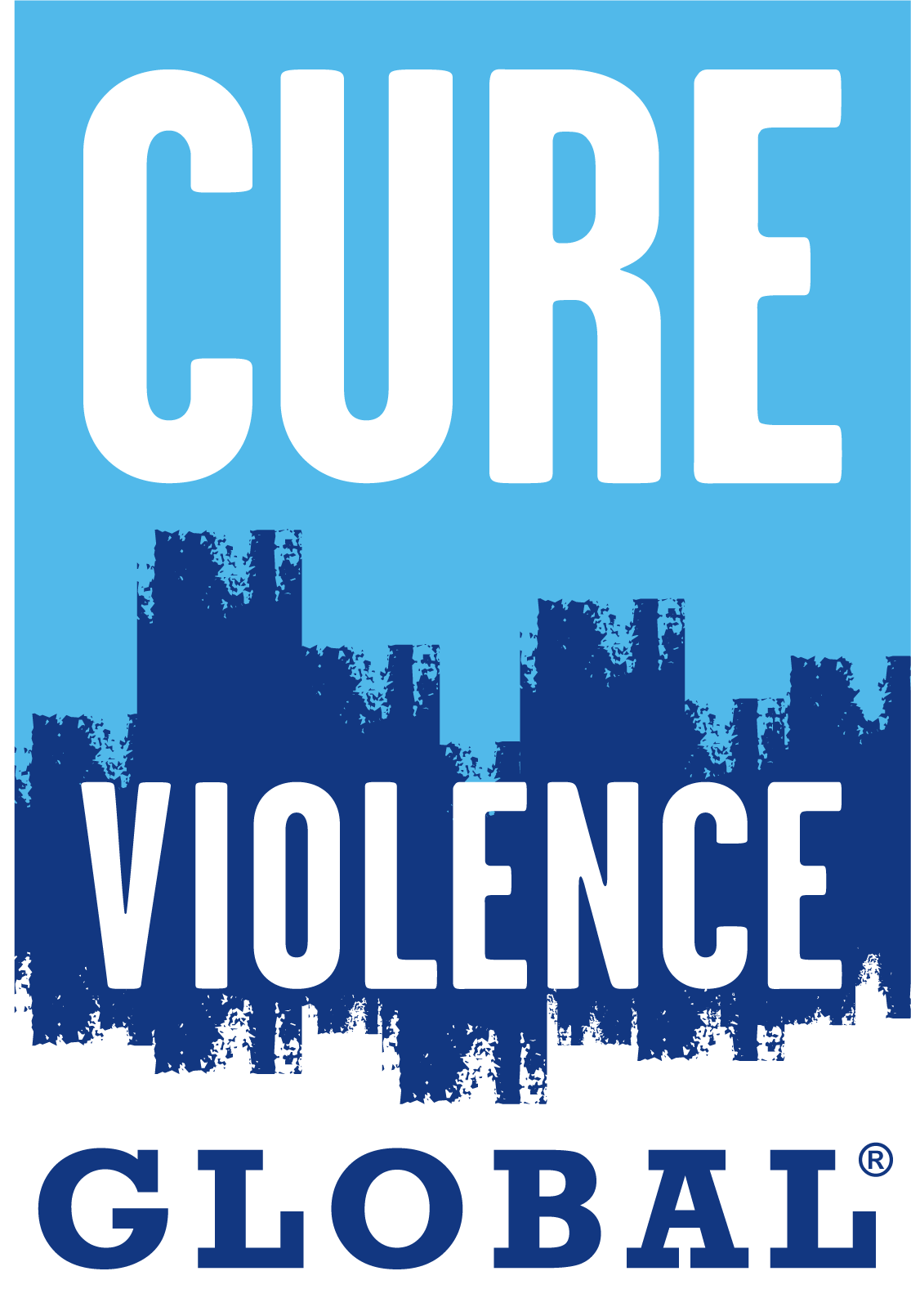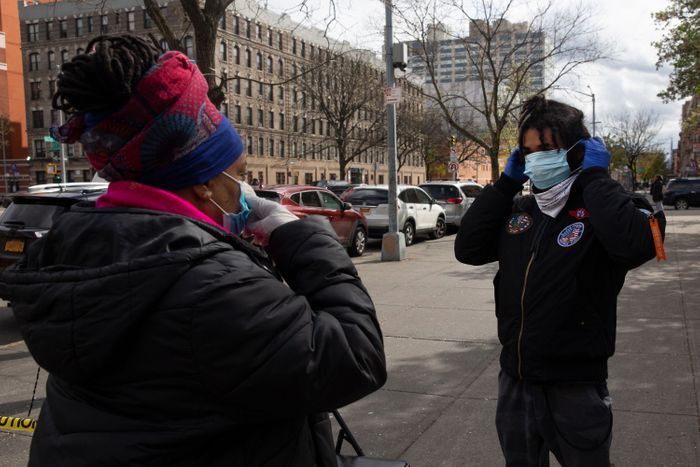Pandemics have historically disrupted daily life leaving communities with economic uncertainty, emotional instability, and loss of human life. These factors intensify difficulties communities and individuals face under normal circumstances. A distinctive, and potentially lethal, response to these stressors is violence. Experts have observed upward trends in different types of violence during previous epidemics and pandemics and similar reports are emerging now under COVID-19. Fortunately, there are preventative measures individuals and communities can take to minimize escalations in violence that may occur during the coronavirus pandemic.
Violence during a pandemic is not new, but the types of violence that have pervaded have changed based on the context of the disease. During the Black Death (1342-1353), Europeans increasingly massacred the Jewish communities, accusing them of well-poisoning. Similarly, some Americans secretly massacred and buried a group of Irish immigrants in 1832, because the Americans feared they had brought cholera. Communal violence erupted in areas across the U.S. when the Spanish Flu (1918-1919) hit, leading to people being shot for not wearing their masks, along with homicides and suicides. The Ebola epidemic led to alarming increases in violence against Western healthcare workers across Western Africa. For example, there were 386 attacks, seven deaths and 77 injuries against health care workers and health care infrastructure in the Democratic Republic of the Congo in 2018. Health care workers in Sierra Leone experienced widespread riots and the stoning of vehicles. Domestic violence also increased during the Ebola epidemic in Western Africa. In Sierra Leone, Guinea, and Liberia over 5 million children did not go to school due to school closures during the Ebola outbreak from 2014-2016. Because of the school closures, there was an increase in child labor, neglect, sexual abuse, and teenage pregnancies across all three countries. Unfortunately, as is often the case, these increases in violence often were not addressed during these pandemics as people overlooked the impact of violence, focusing solely on preventing the spread of the disease.
Today, the coronavirus outbreak has led to similar increases in violence both on the streets and in the homes. The Asian community is facing violent threats, because non-Asian communities are associating the virus with China. In the past month, the Asian Pacific Policy & Planning Council has had over 1,500 reports of hate crimes against Asians in the U.S. with over 60% citing verbal assault and 8% citing physical assault. Due to stay-at-home orders, there has been a spike in calls related to domestic violence. On average, the U.S. has experienced a 35% increase in domestic violence incidents in the country. In the first two weeks of March, the YWCA observed a spike in calls, texts and demands for their services by 55% since last year. For example, the Houston area experienced a spike in domestic violence cases of 25% from last month and a 50% increase from the same time period last year. Gun violence remains high and, in some cities, has increased amid the coronavirus and stay-at-home orders. For example, the Philadelphia police department has seen a 22% increase in gun shootings while all other types of crime have declined. In Chicago, despite stay-at-home orders, there has been a 24% increase in gun violence from the previous year at the same time. If these patterns of high levels of violence continue, they will lead to long-term negative effects on children, families, and communities.
Multiple studies have shown that violence behaves like a contagious disease, spreading from person to person and often forming clusters. Just as with contagious diseases, violence is transmitted locally from individual to individual and then to a community level due to people picking up the norms and repeating violent behaviors. Once the norms are formed around violence in a community, it becomes difficult for community members to change their behaviors without also focusing on the norms.
Cure Violence Global (CVG) has been tackling this problem of violence from a health perspective for 20 years. CVG provides guidance and support to local partner organizations implementing the Cure Violence model in some of the most violent neighborhoods in over 100 communities in the U.S. and Latin America and Caribbean (LAC). Through this public health infrastructure, CVG has over 500 frontline workers – Violence Interrupters and Outreach workers – in 15 U.S. cities and four countries in LAC. Due to long-standing racial and structural inequalities, these communities with high (epidemic) levels of violence are also disproportionately under-resourced and – at least in the U.S.—primarily in minority neighborhoods.
CVG’s violence interrupters and outreach workers utilize the health approach and their credibility in their respective communities to stop the transfer of violence on the ground and prevent future incidents in their neighborhoods. By focusing on the highest-risk individuals susceptible to violence, CVG workers can prevent violence from happening in the moment while also slowly changing norms around violence and transforming behaviors.
However, as discussed above, Covid-19 presents a new challenge, because not only are these communities having to stop the spread of the virus, but pandemics also produce circumstances making violent incidents more likely. The data have shown that Covid-19 is disproportionately affecting the black and brown communities in the U.S. For example, in Chicago, black residents make up 50% of coronavirus cases yet they only make up 30% of the total population. And in Washington DC, while the black population makes up 47% of the positive test results, it represents 79% of the total COVID-19 deaths. The coronavirus’s impact on these vulnerable communities adds to pre-existing tensions, thus producing a greater potential for violence in these neighborhoods.
Because CVG’s workers are trained in epidemic management and have trust and credibility in many of these highly impacted communities, the organization has been able to provide critical COVID-related support since early March. CVG’s workers have shifted their roles to addressing two epidemics at once: violence and COVID-19. CVG has worked with partner sites to create public education materials that are designed to reach the high-risk individuals and their families and address real-time issues being faced in the communities. In addition, CVG’s partner organizations are educating their respective communities in best practices to prevent the virus from spreading while assisting with distribution of hand sanitizer, masks, food, and soap (where available). In order to continue violence prevention activities during stay-at-home orders and other COVID-related restrictions, CVG’s workers are utilizing technology to monitor the target area via phone with key individuals over FaceTime or other video applications. Workers are driving through their respective neighborhoods to check in with the community members at a distance. When necessary, individual interrupters engage in-person (six-feet distance) with high-risk individuals to prevent conflicts from escalating to violence. Increasingly, CVG sites are reporting being asked to intervene to prevent conflicts in the home from escalating to violence.
At this moment of national crisis, CVG is proud that its health worker infrastructure is being put to good use combating the virus and keeping tensions from escalating to violence in these highly vulnerable communities. Anyone hoping to bring the Cure Violence Global approach and model to their neighborhoods can contact CVG using this link.


